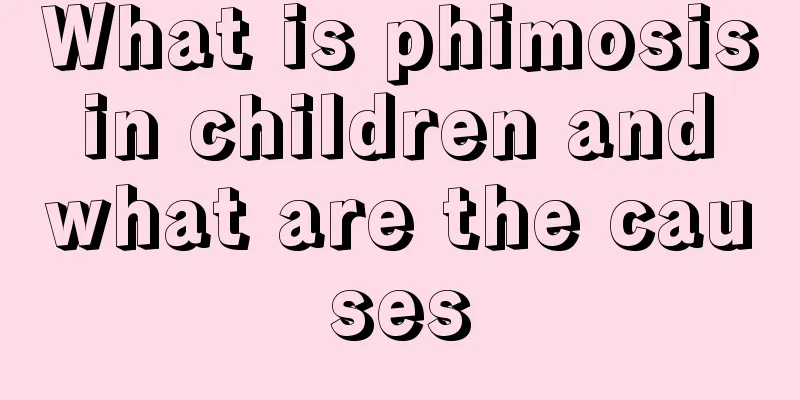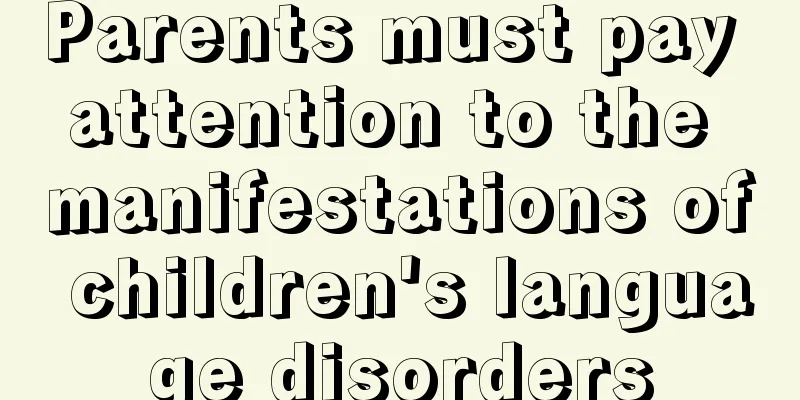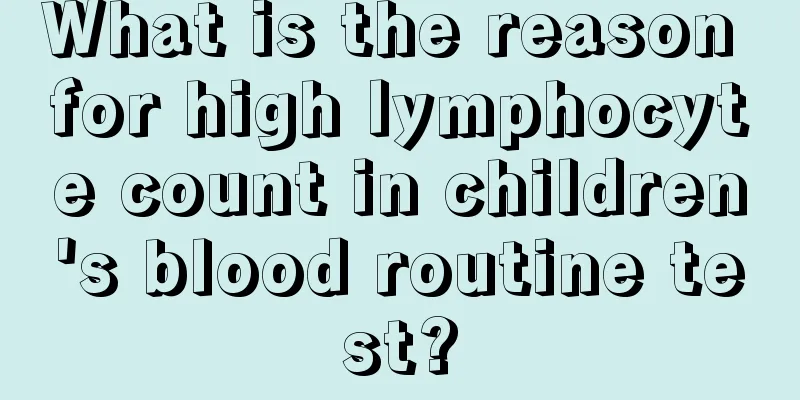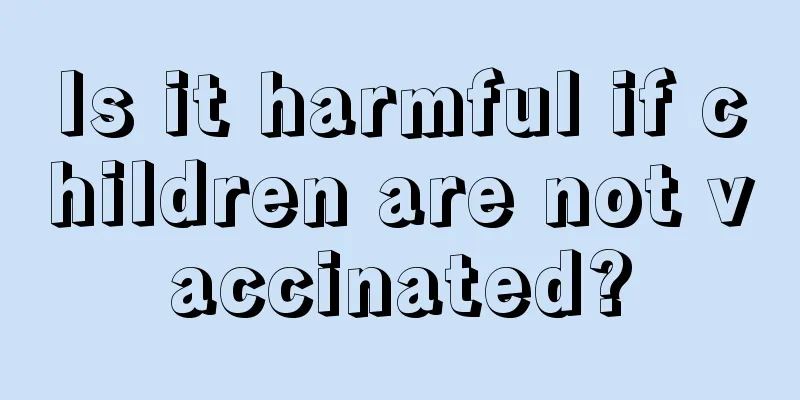How to care for children with viral fever
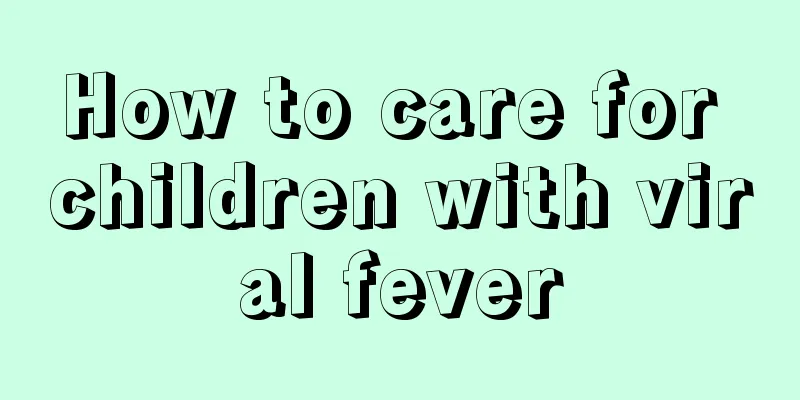
|
Children from the age of two or three, especially after weaning, are more susceptible to external factors or the food they eat because their resistance is not as strong as when they were breastfed, and they may catch a cold, have a fever, have diarrhea, etc. Viral fevers are more common. Today we will not discuss their treatment measures, but will focus on how to prevent and treat children's fever and how to care for them to provide some reference for parents. The initial symptoms of a child's fever are red face, hot forehead, cold hands and feet, and poor spirits. In addition, there are symptoms of various systems, such as runny nose, sore throat, and cough in respiratory tract infections, abdominal pain, vomiting, and diarrhea in gastroenteritis, and frequent urination, painful urination, and low back pain in urinary tract infections. The accompanying symptoms of various systems in infants are atypical, and may only include anorexia, vomiting, and diarrhea. First of all, every family should have a thermometer and antipyretics for emergency use. Children with fever should have their temperature measured every 1-2 hours. It is not advisable to use antipyretics when the child's body temperature is below 38.5℃; when the temperature exceeds 38.5℃, physical treatments such as cooling patches or ice compresses can be used to reduce the temperature, or children's antipyretic tablets can be taken in appropriate amounts; when the temperature exceeds 39℃, the child should stay in bed, open the blanket or loosen the clothes to expose the skin, place an ice bag or a cold, wet towel on the head, and go to the hospital for diagnosis and treatment as soon as possible. Secondly, pay attention to keeping warm. The warmer the better. When the child has a fever, remember not to let him wear too many clothes or cover him with too thick a quilt. This traditional method of "covering sweat" is not conducive to heat dissipation and fever reduction. Just let the child wear one more piece of clothing than the normal adult. For example, when the adult wears short sleeves, the child can wear long sleeves. When the adult wears one long skirt, the child can wear two. In addition, warm water shower is needed. Some mothers worry that showering their children during a fever will aggravate the symptoms. After having a fever, you sweat a lot. If you don’t keep clean, it is easy to cause infection by other bacteria, so taking a shower is necessary, but you must use warm water, and the water temperature is best at 38-39℃. Wiping or bathing your child's entire body with warm water can dilate the blood vessels in his or her skin and increase heat dissipation. So far, when children around us show symptoms of viral fever, such as red face and cold hands, easy crying and coughing, and easy vomiting of food, we must pay attention to changes in body temperature, take necessary cooling measures and take medications. Of course, we do not recommend giving antipyretic injections to children before one year old unless diagnosed by a doctor. |
<<: Prevention and treatment measures for viral colds in children
>>: Treatment options for progeria in children
Recommend
When do children lose their teeth?
Every parent hopes that their children can have w...
Why is the area around the belly button cold?
In life, some people may feel cold around their b...
How to quickly stop children's cough at night
Autumn is a season of high clear skies, dry skies...
What should I do if a male baby has scrotal fluid accumulation?
After the baby is born, some parents will find th...
What to do if your child has heavy sweat
Some children are born with more body hair than o...
How long is a newborn baby normal in one month?
How long is a newborn baby in one month is one of...
Symptoms of excessive heavy metals in babies
For babies, if heavy metal levels exceed the stan...
What are the children's health exercises that can protect the eyes?
The content of children's health exercises is...
What to do if your baby keeps biting his lower lip
Today, many parents have discovered that their ba...
What to do if your child has a dry cough without sputum
I believe that many parents are very concerned ab...
What are the clinical manifestations of nephrotic syndrome in children?
It is not uncommon for children to suffer from ne...
What should I do if my child has a fever and cold hands and feet?
Because children's organs are not fully devel...
What medicine should be used for children's ear inflammation?
Inflammation inside the ear is collectively known...
What is the reason for the child's fever not going away?
In our daily life, we will find that some babies ...
What happens if your child is zinc deficient?
Many people do not have a clear understanding of ...
